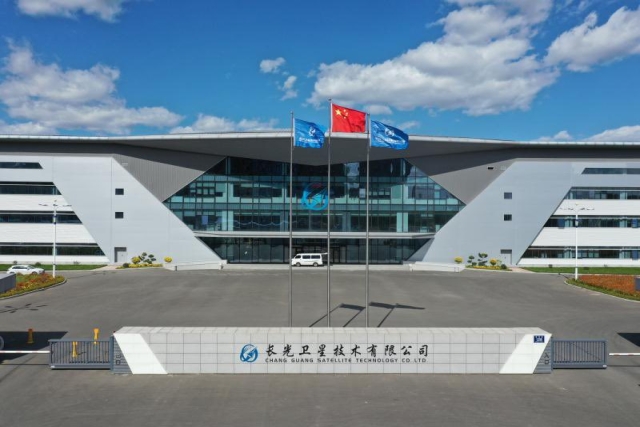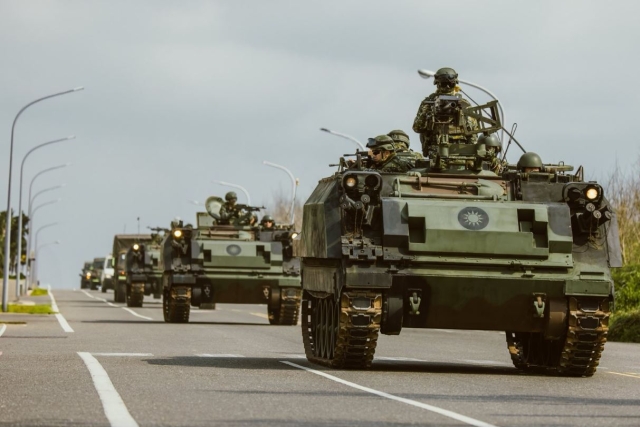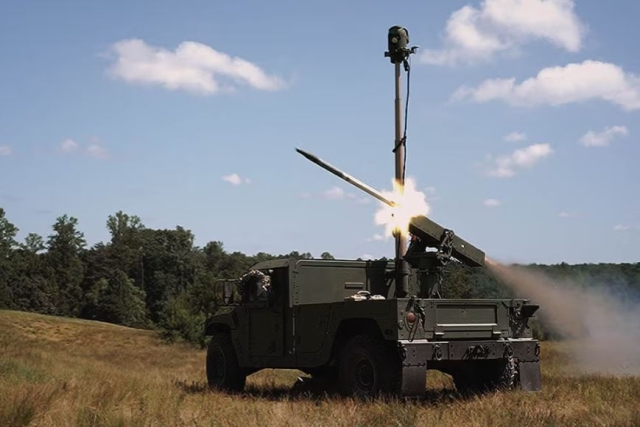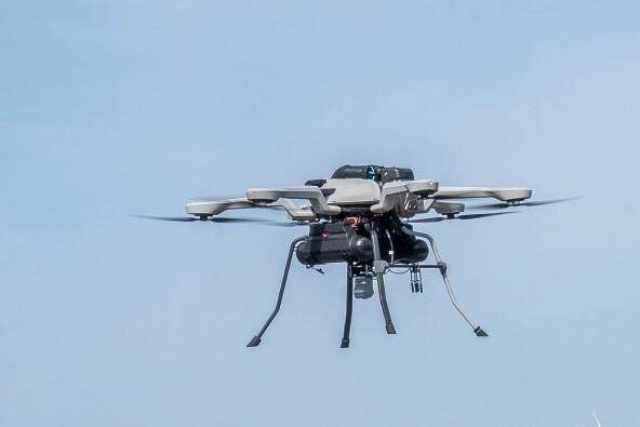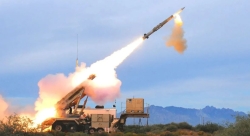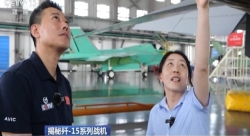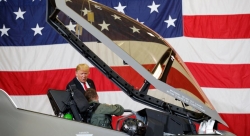U.S. Dependent on China for Key Drone Components
Reliance on Chinese parts raises security concerns as Pentagon ramps up drone production for Pacific conflict

The United States remains heavily reliant on Chinese-made components for military drones, complicating its defense posture in the Pacific and exposing a vulnerability in its defense supply chain.
As the Pentagon accelerates drone production to prepare for potential conflict in the Indo-Pacific, critical parts such as batteries, gliders, engines, radios, and cameras are still being sourced from China—a country that controls around 90 percent of the global drone market, Forbes reported, citing research firm Drone Industry Insights UG.
“We are almost completely dependent on our main adversary for components and the ability to manufacture them,” said Josh Steinman, former head of supply chain security at the U.S. National Security Council.
Despite growing concerns, the Pentagon continues to permit the use of certain Chinese-made drone parts—including airframes and batteries—in military systems. Experts say this policy reflects the lack of scalable and affordable alternatives in the U.S. or allied nations.
Efforts to reduce this dependence have been complicated by Chinese export controls on technologies with potential military applications. These restrictions have disrupted supply chains and cut off U.S. drone makers like Skydio, which was sanctioned by China last year, forcing it to ration batteries while waiting for new suppliers.
Meanwhile, domestic companies attempting to shift production in-house say U.S. government bureaucracy, especially within the Department of Defense, has slowed their progress. “It’s easier to get sanctioned by China than get Pentagon approval,” said Andrew Cote, head of strategy at drone company BRINC.

Frustration has also grown around the Defense Innovation Unit’s “Blue List,” a registry of drones approved for military use. Out of more than 300 submissions this year, only 23 companies were selected. Firms like Orqa and Darkhive saw their applications denied, partly due to Chinese-linked components. Orqa, once pitched as a China-free solution, had contracts suspended after its radio modules were found to be assembled in China.
The strategic risk became public when Viper, a U.S. military drone promoted by Mach Industries, was found to contain a Chinese-made engine. CEO Ethan Thornton later admitted the component’s origin, stating, “We feel comfortable blowing up Chinese components for testing purposes.”
Even during official demonstrations, Chinese parts surfaced. At a recent U.S. Marines drone event, Vice President J.D. Vance was photographed wearing Chinese-made display goggles. Though labeled as “non-military issued,” the incident underscored how widespread Chinese components remain.
Amid ongoing trade tensions, former President Donald Trump’s tariffs were intended to curb Chinese supply reliance. However, retaliatory Chinese measures—such as halting exports of rare earth magnets crucial for drone motors—have made the challenge harder.
Multiple American drone companies, including Anduril, Shield AI, and Firestorm, claim to have purged Chinese parts from their systems, but others admit they are still in transition. Olaf Hichwa, CTO of Neros, which designs its own drones, said, “Getting these components has been more challenging… but this is a good forcing function to become completely free of Chinese parts.”
Yet, experts caution that until Chinese drone giant DJI is entirely banned from the U.S. market, building a self-sufficient American drone industry will remain difficult. “Until DJI is entirely banned, there's not enough market to stand up a U.S. industrial base,” said Nathan Ecelbarger, chairman of the U.S. National Drone Association.
DJI has pushed back against U.S. regulatory efforts. In December, a proposed ban on DJI products was dropped from the annual military spending bill after lobbying by the company and its U.S. customers. DJI responded by thanking supporters for helping prevent what it described as an unfair ban based on “national origins.”
As the Pentagon pushes forward with programs like Replicator and Artemis to mass-produce drones for future conflict scenarios, industry leaders warn that policy changes alone won’t solve the problem. Major investments and streamlined processes will be necessary to build a domestic drone supply chain resilient to geopolitical shocks.
